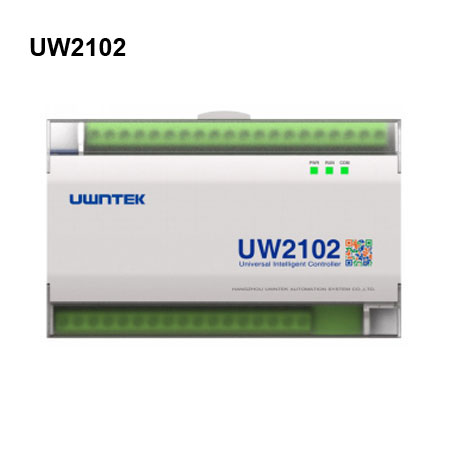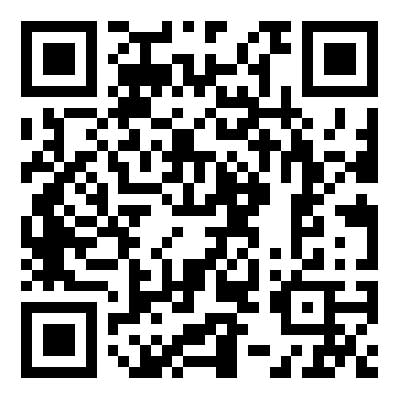How Can Reliable Industrial Safety Solutions Transform Your Plant’s Performance?
2025-10-21
Hello, I’m John, a systems engineer with over 20 years’ experience working at the helm of large-scale automation and safety control projects at UWNTEK. I’d like to share how our advanced Safety Control System solutions can address the critical pain points many facilities face — and why choosing a specialist partner matters.
Why Do Many Plants Struggle With Safety Control Systems?
In my many years of fieldwork I’ve repeatedly seen three recurring issues:
-
Safety systems that weren’t integrated and therefore couldn’t provide holistic protection across all equipment.
-
Long downtime when faults occur, because of non-modular or proprietary systems that are hard to repair.
-
Inability to adapt to changing regulatory or operational demands.
These problems not only increase risk, but also inflate long-term maintenance and operational costs. At UWNTEK we built our offerings to directly tackle them. Our UW510s / UW500s series systems deliver proven performance in demanding industrial settings.
What Does a UWNTEK Safety Control Solution Include?
Let me walk you through the key components — when you understand them, you’ll see how they solve real day-to-day problems.
Our safety system broadly comprises:
Key modules:
-
Safety control station (hardware)
-
Programming/monitoring workstation
-
High-integrity industrial network switch modules
-
I/O modules: analog and digital inputs/outputs
-
Power supply and terminal blocks
What this means in practice:
-
Full hardware redundancy at module, channel, network and power levels ⇒ no single point of failure.
-
Online hot-swappable modules, diagnostic capabilities ⇒ faster maintenance and lower downtime.
-
Compliance with international safety standards: e.g., SIL2 (UW500s) and SIL3 (UW510s) for high-risk applications.
Which Product Parameters Do We Offer?
Below is a table summarising typical specs for our two safety-control systems, so you can quickly compare and align with your requirements:
| Model | Target Integrity Level | Max AI Channels | Max DIO Channels | Redundancy / Voting Strategy |
|---|---|---|---|---|
| UW500s | SIL2 | 512 | 10,242 | 2-channel redundant, module hot-swap |
| UW510s | SIL3 | 512 | 1,024 | Dual/quadruple module redundancy, multi-voting |
(These numbers are approximate and depend on system configuration, as detailed in our technical documentation.)
How Do These Features Solve Customer Pain Points?
Let’s take those earlier pain points and map them to concrete benefits:
-
Integration across equipment and processes: Because our safety system uses a multi-domain engineering object model, you get seamless visibility and control across your plant.
-
Reduced downtime and maintenance overhead: Hot-swappable modules, full diagnostics and modular architecture mean we cut mean-time-to-repair significantly.
-
Future-proof flexibility: As regulations evolve (for example shifting from SIL2 to SIL3, new monitoring requirements, network security mandates) the system is designed to adapt via software, not requiring full hardware replacement.
What Should Buyers Ask Before Choosing a Safety Control System?
Here is a list of questions we encourage every plant manager or engineering team to ask:
-
Is the safety system certified to the integrity level required for my process (e.g., SIL2 or SIL3)?
-
Does the architecture support full redundancy (modules, power, network) and avoid single-point failure?
-
Are modules hot-swappable and is there online diagnostic capability to reduce downtime?
-
How scalable & flexible is the system for future expansions or regulatory changes?
-
What kind of service, training and support does the vendor offer globally?
-
Does the system support integration with my existing control / monitoring infrastructure (SCADA, DCS, network protocols)?
Why Choose UWNTEK’s Solution Rather Than Generic Alternatives?
From the vantage point of two decades in this industry, here are reasons we believe UWNTEK stands apart:
-
We focus exclusively on control and safety systems — not a side-product.
-
Proven track record in high hazard sectors (energy, petrochemical, metallurgy) where safety is mission-critical.
-
Strong support ecosystem: engineering services, training, documentation, global reach.
-
Emphasis on reliability and adaptability, not just cost-cutting.
How Should You Get Started With Our Safety Solution?
Here’s a short checklist to guide you:
-
Define your safety requirements: what integrity level, what equipment/processes need coverage, what future expansions you expect.
-
Map your existing infrastructure: what control system do you currently use, what networks/protocols, what legacy equipment.
-
Engage with us (UWNTEK): we can perform a site-survey, propose the right model (UW500s vs UW510s), and design a migration path.
-
Review integration and maintenance aspects: ensure training, spare-parts availability and service support are lined up.
-
Plan for installation and commissioning: we provide detailed guidelines, redundancy testing, and go-live support.
If you’re ready to enhance your plant’s safety performance, minimise unscheduled downtime and ensure compliance with top-tier standards, then please contact us today. I’d be happy to discuss your specific requirements, conduct a consultation and prepare a tailored proposal. Let’s work together to achieve reliable, cost-effective safety control in your facility. Feel free to leave an inquiry, request a quote or simply reach out for more information.
Thank you for reading and I look forward to connecting!


